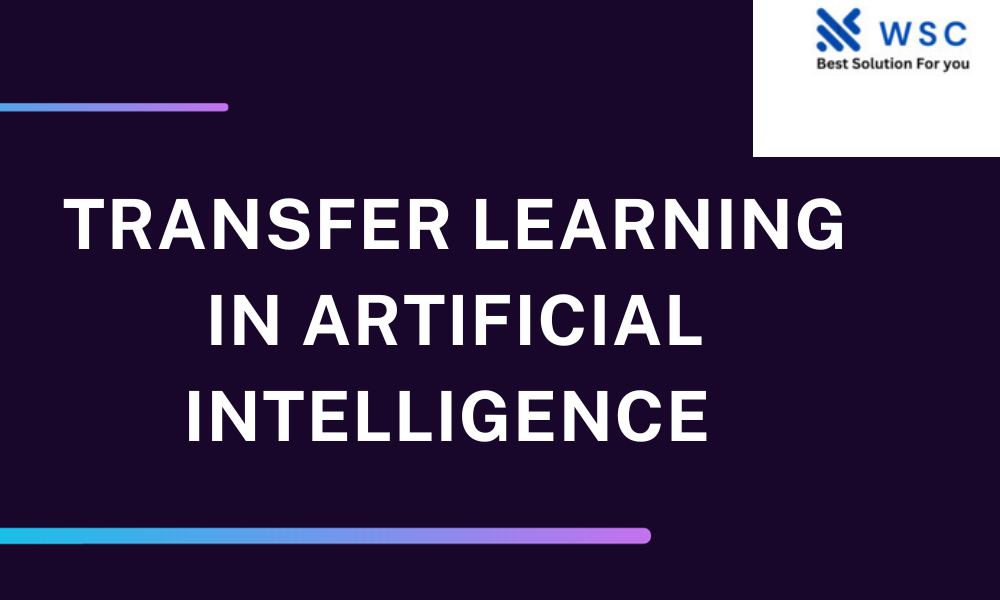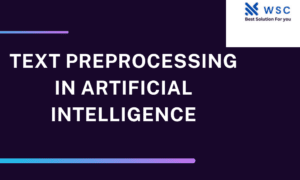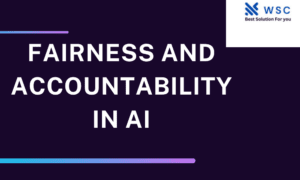In the ever-evolving landscape of artificial intelligence (AI), the concept of transfer learning has emerged as a game-changer. This powerful technique has not only revolutionized the way AI models are trained but has also opened doors to new realms of possibilities in machine learning. In this article, we, as seasoned experts in the field, will delve into the intricacies of transfer learning, its significance, applications, and how it can outshine the competition. Buckle up as we embark on a journey through the realm of AI supremacy.
The Essence of Transfer Learning
What is Transfer Learning?
Transfer learning is the practice of leveraging knowledge from one domain or task and applying it to another, often related, domain or task. In essence, it’s like taking the expertise gained in one field and using it as a stepping stone to excel in another.
The Evolution of Transfer Learning
Transfer learning isn’t a novel concept, but its prominence has surged with the advent of deep learning. Traditionally, AI models were trained from scratch for every new task, consuming vast computational resources and time. However, transfer learning changed this narrative. Now, models can inherit knowledge from pre-trained models, drastically reducing the training time and resource overhead.
Significance of Transfer Learning
Supercharging Model Training
In the world of AI, time is money. Transfer learning accelerates model training by providing a head start with pre-existing knowledge. This efficiency is a boon for businesses aiming to develop AI solutions quickly and cost-effectively.
Breaking Data Barriers
Data scarcity has always been a roadblock in AI development. Transfer learning acts as a bridge over this chasm. By transferring knowledge from a data-rich domain to a data-poor domain, AI models can thrive even in resource-constrained environments.
Real-World Applications
Transfer learning isn’t a theoretical concept; it’s a practical powerhouse. Its applications span across various domains, including natural language processing, computer vision, and even healthcare. For instance, it powers chatbots that understand and respond to human language nuances, enhances image recognition systems, and aids in the early detection of diseases through medical image analysis.
How to Implement Transfer Learning
Choosing the Right Pre-trained Model
Selecting an appropriate pre-trained model is paramount. The choice depends on your specific task and the domain of interest. For image-related tasks, models like VGG, ResNet, and Inception have proven to be robust choices. In the NLP domain, BERT, GPT, and RoBERTa are reigning champions.
Fine-Tuning for Precision
Once you have your pre-trained model, fine-tuning is the next step. Fine-tuning involves training the model on your domain-specific data. This process adapts the model’s knowledge to suit your particular task, making it more precise and effective.
Regular Updates and Evaluation
AI is a dynamic field, and what works today might not work tomorrow. Regularly updating and evaluating your transfer learning models is crucial. This ensures that they stay relevant and continue to outperform the competition.
Overcoming Challenges in Transfer Learning
Domain Shift
One of the primary challenges in transfer learning is domain shift. This occurs when the source and target domains differ significantly. To mitigate this, techniques like domain adaptation and domain generalization come into play.
Data Privacy
In today’s data-sensitive world, preserving privacy is paramount. When transferring knowledge from one domain to another, ensure that sensitive information doesn’t leak, and user data remains secure.
import tensorflow as tf
from tensorflow import keras
from tensorflow.keras import layers
from tensorflow.keras.applications import VGG16 # You can replace this with other pre-trained models
# Load the pre-trained model
base_model = VGG16(weights='imagenet', include_top=False)
# Freeze the layers of the pre-trained model
for layer in base_model.layers:
layer.trainable = False
# Add custom layers for your specific task
x = base_model.output
x = layers.GlobalAveragePooling2D()(x)
x = layers.Dense(1024, activation='relu')(x)
predictions = layers.Dense(NUM_CLASSES, activation='softmax')(x) # Replace NUM_CLASSES with the number of classes in your task
# Create the fine-tuned model
model = keras.models.Model(inputs=base_model.input, outputs=predictions)
# Compile the model
model.compile(optimizer='adam', loss='categorical_crossentropy', metrics=['accuracy'])
# Fine-tune the model with your dataset
model.fit(train_data, train_labels, epochs=NUM_EPOCHS, validation_data=(val_data, val_labels))
In this code, we first load a pre-trained VGG16 model from TensorFlow’s model zoo. We then freeze the layers of this pre-trained model to retain their knowledge. Next, we add custom layers on top of the pre-trained model to adapt it to our specific task. Finally, we compile the model, specifying the optimizer and loss function, and fine-tune it on our dataset.
Please note that this is a simplified example, and in a real-world scenario, you would need to adapt it to your specific use case, including loading your dataset, preprocessing, and handling other aspects of your machine learning pipeline.
The Road to AI Dominance
As we wrap up our exploration of transfer learning in artificial intelligence, it’s clear that this technique is the key to unlocking AI’s full potential. By leveraging pre-existing knowledge and building upon it, we can create AI systems that are not just intelligent but also efficient and adaptable.
In this fiercely competitive digital age, staying ahead of the curve is essential. Transfer learning equips businesses and researchers with the tools needed to outperform rivals and pave the way for groundbreaking AI applications.
So, as you embark on your AI journey, remember the power of transfer learning. It’s not just a tool; it’s the cornerstone of AI dominance.
Check our tools website Word count
Check our tools website check More tutorial





It’s a pity you don’t have a donate button! I’d
certainly donate to this superb blog! I guess for now
i’ll settle for bookmarking and adding your RSS feed to my Google account.
I look forward to new updates and will share this website with my Facebook group.
Talk soon!
Hi there, just became alert to your blog through Google, and
found that it’s really informative. I’m gonna watch out for brussels.
I’ll be grateful if you continue this in future.
Many people will be benefited from your writing. Cheers!
Escape roomy lista